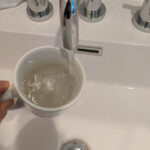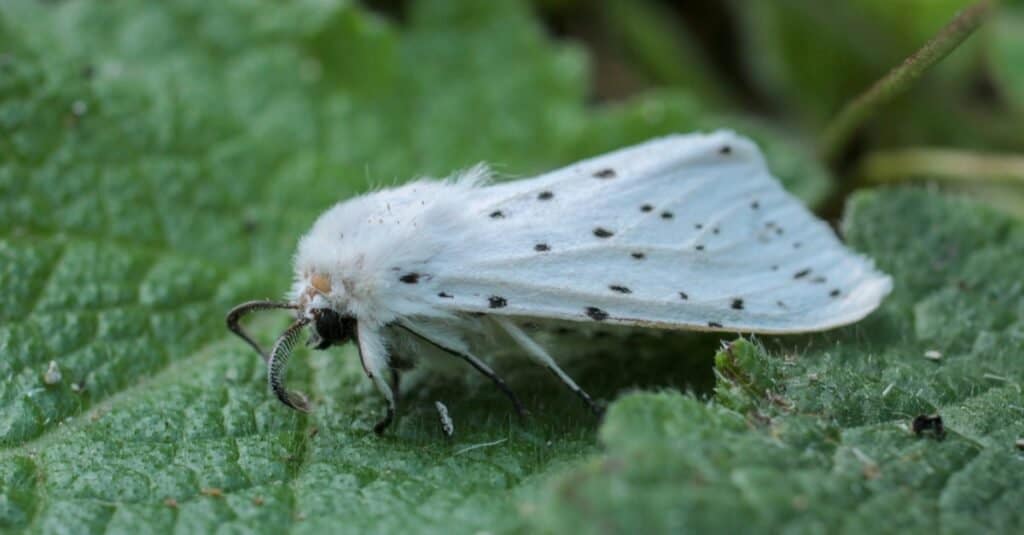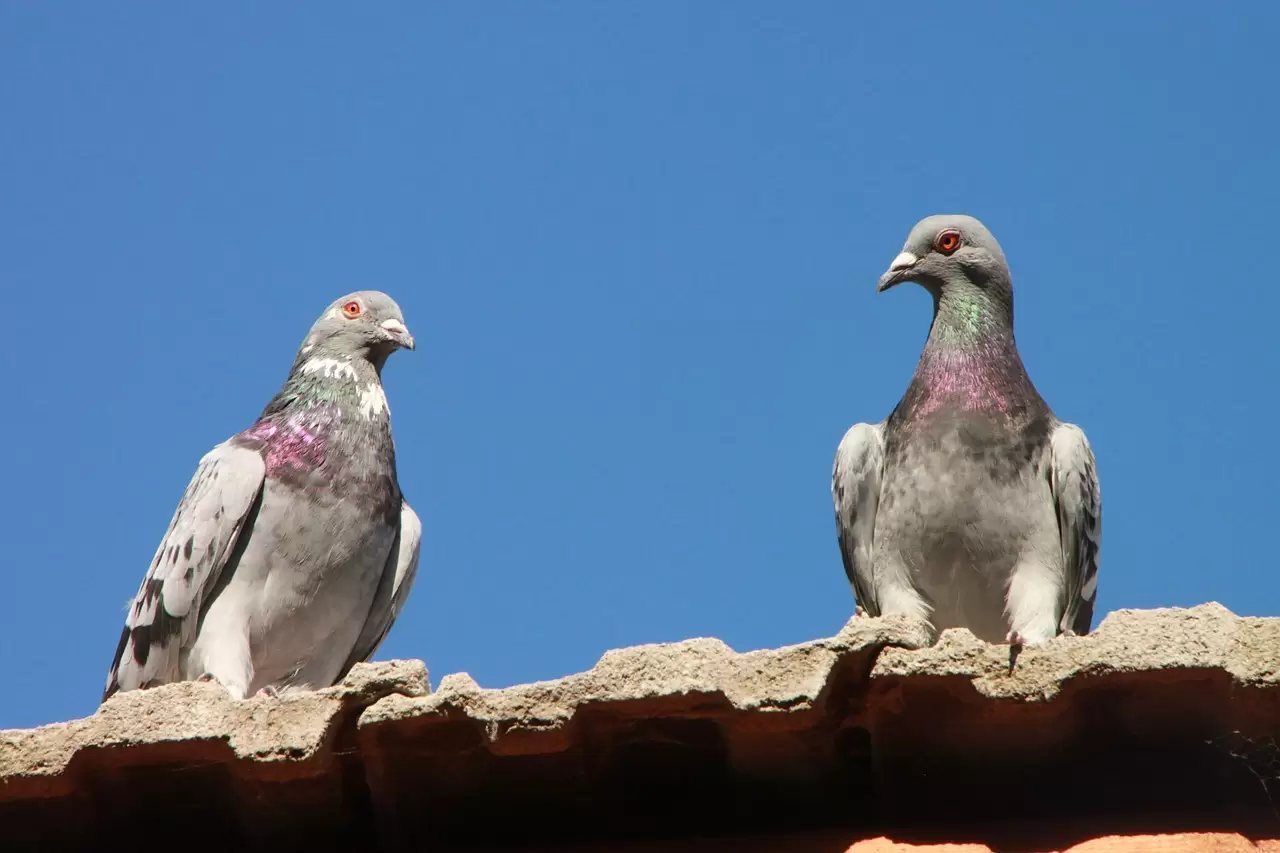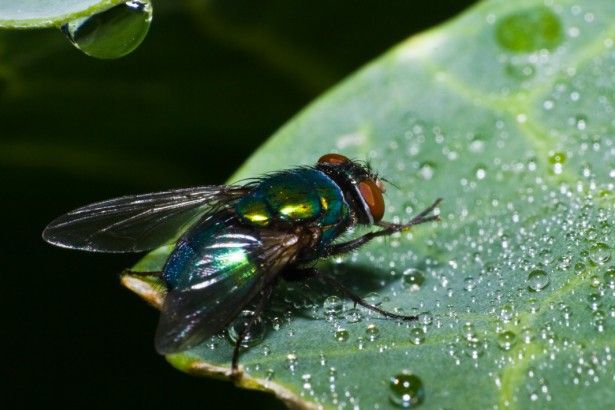It was nighttime, and I was sitting in my cozy room, reading a book with a soft light on. Suddenly, I noticed a little moth flitting around the lamp, trying to reach the light. It got me wondering: how long do these moths hang out in our homes? So, I decided to investigate the world of moths in houses.
The lifespan of moths inside a house varies primarily based on their species. On average, most moths spend about 1 to 6 months within a home environment. However, the specific duration can differ widely.
For instance, silkworm moths are rather short-lived house guests, usually sticking around for only a week or two. On the other hand, common brown house moths tend to stay a bit longer, with a potential lifespan of up to 4 months.
The length of a moth’s stay indoors depends on several factors, including the moth species, the conditions inside the house, and the availability of food sources. Typically, adult moths live for a few days to a few weeks, while their larvae and pupae stages can persist for several weeks or even months.
What Are The Stages Of A Moth’s Life Cycle
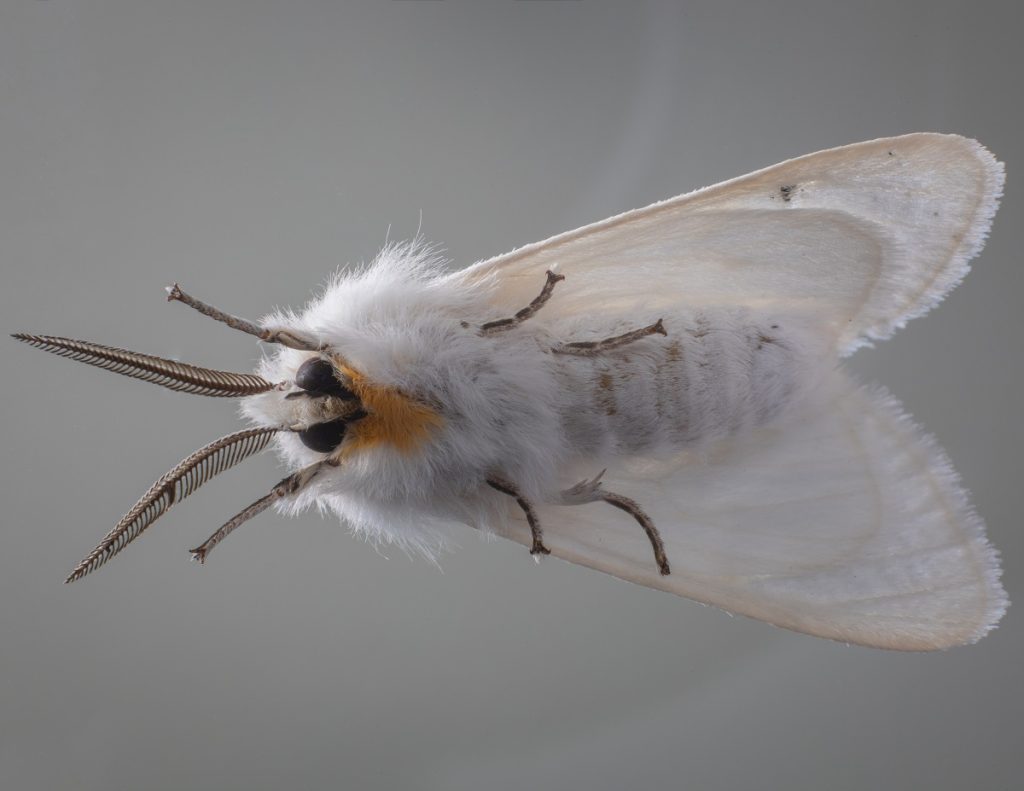
A moth’s life cycle comprises four distinct stages, each contributing to its overall lifespan.
Egg Stage
This is where the journey commences. Female moths carefully select locations to lay their eggs, often near potential food sources. The duration of this stage spans about 1 to 2 weeks, influenced by factors like temperature and humidity. During this period, the eggs undergo incubation, setting the stage for what follows.
Larva Stage
After emerging from their eggs, moths enter the larva stage, commonly known as the caterpillar phase. This is when their appetite surges, and they voraciously consume available food sources. Whether it’s the natural fibers in your closet or the grains tucked away in your pantry, moths are relentless in their quest for sustenance. The length of the larva stage varies widely, ranging from a few weeks to several months, depending on factors like moth species and food accessibility.
Pupa Stage
Following the larva stage, moths undergo a remarkable transformation during the pupa stage. This period, lasting around 1 to 2 weeks, is characterized by a profound metamorphosis. It’s akin to the caterpillar’s transition into a butterfly, as the moth prepares to emerge in its adult form.
Adult Stage
Finally, the moth emerges from the pupa, spreading its wings as a fully developed adult. This marks the beginning of the moth’s final stage, which can vary significantly in duration. Some adult moths live only for a few fleeting days, while others may persist for several weeks, filling our homes with their nocturnal presence.
Types of House Moths
House moths come in various species, each with its unique characteristics and behaviors. These different types of moths can be essential for effective pest management and prevention.
Clothes Moths
Clothes moths, scientifically known as Tineola bisselliella, are among the most notorious house moths. These tiny insects have a specific penchant for natural fibers, making your wardrobe their primary target. Wool and silk garments are particularly vulnerable to their voracious appetite.
Clothes moths typically have a lifespan of around 65-90 days, depending on factors such as temperature and humidity. Their life-cycle consists of four stages: egg, larva, pupa, and adult.
The larvae are the culprits responsible for the damage, as they feed on the keratin protein found in natural fibers. This feeding activity can lead to unsightly holes and damage in your clothing.
Pantry Moths
Pantry moths, also known as Indian meal moths (Plodia interpunctella), are a prevalent nuisance in many households. These moths are notorious for infesting stored food products, particularly grains, flour, cereal, and dried fruits. Their larvae, which are often the root of the problem, feed on these food items, contaminating them with their silk webbing and feces.
The larvae are the most destructive phase, as they can quickly turn your pantry staples into breeding grounds for infestation. Pantry moths, or Indian meal moths, have a shorter lifespan, with adults living for only 5-25 days. The larval stage, which causes pantry item contamination, lasts for around 2-6 months, depending on environmental conditions.
Carpet Moths
Carpet moths, scientifically known as Trichophaga tapetzella, are a persistent household pest that targets carpets and rugs. These moths lay their eggs within the fibers of your carpets, and their larvae, upon hatching, begin to feed on the natural materials present in your flooring.
Carpet moths have a lifecycle similar to clothes moths, with adults living for about 65-90 days. The larval stage, during which they cause damage to carpets and rugs, can persist for several weeks to months. The larvae of carpet moths are the culprits responsible for causing visible damage.
Brown House Moths
Brown house moths, scientifically known as Hofmannophila pseudospretella, are adaptable and resilient pests found in many homes. These moths have a diverse diet, and they can infest a variety of materials, making them challenging to control.
They are known to target a wide range of items, including fabrics, stored goods, pet fur, and even bird nests. Brown house moths are opportunistic feeders, and their ability to adapt to different environments and food sources makes them a common household nuisance.
Brown house moths have a variable lifespan, with adults living for 8-14 days on average. The larvae can survive for several weeks, depending on environmental factors and food sources.
Case-Bearing Moths
Case-bearing moths, often found within homes, have a unique characteristic that sets them apart: they build protective cases using materials like lint, fibers, and other debris. These cases serve as shelter for their larvae as they feed on various items within your living space.
The larvae of case-bearing moths are the primary culprits responsible for causing damage. They use their portable cases to move around and feed on materials such as carpets, clothing, and other textiles. As they feed, they can leave behind unsightly holes and damage.
Case-bearing moths, like clothes moths, have a lifespan of approximately 65-90 days for adults. The larval stage, within their protective cases, can last for several weeks. The life cycle of case-bearing moths, like other moth species, consists of four stages: egg, larva, pupa, and adult.
What Are The Factors Affecting Moth Lifespan?
The lifespan of house moths can vary significantly, and numerous factors influence how long they live within your home. Here are the key factors that can affect the lifespan of moths
Moth Species: Different moth species have varying lifespans; some live for just a few days, while others can survive for weeks. Understanding the specific species is crucial for pest management.
Environmental Conditions: Moths thrive in environments with suitable temperature and humidity levels. Extremes in either can shorten their lifespan, affecting their ability to reproduce.
Food Availability: Moths require access to organic materials like stored grains, fabrics, or food. Ample food sources can extend their lifespan and promote infestations.
Predators: Natural predators, such as spiders and other insects, can significantly reduce moth populations, leading to shorter lifespans.
Preventative Measures: Implementing preventive measures, like using moth traps and proper storage, reduces food availability and disrupts the moth life cycle, decreasing their lifespan.
Chemical Pesticides: Properly applied pesticides can reduce the lifespan of moths, especially in their vulnerable larval and pupal stages.
Mating Opportunities: The availability of mates influences the lifespan of adult moths. Limited mating opportunities can lead to shorter lifespans and decreased reproduction.
Life Stage: The specific life stage of moths also affects their lifespan. Adult moths typically have shorter lifespans, while larvae and pupae can survive longer, depending on environmental conditions and food availability.
What Are The Signs Of Moth Activity
Detecting early signs of moth activity in your home is essential for preventing infestations from becoming severe. By understanding these indicators, you can take proactive measures to address the issue before significant damage occurs.
Visible Damage to Fabrics
One of the most noticeable signs of moth activity is visible damage to fabrics and textiles. Moth larvae feed on natural fibers, such as wool, silk, and cotton, leaving behind irregular holes, chewed edges, and thinning patches. Inspect your clothing, rugs, and upholstery for these telltale signs of moth damage. If you find damaged items, it’s essential to take immediate action to prevent further infestation.
Silk Tubes and Cases
Certain moth species, like clothes moths, create silk tubes or cases as part of their protective coverings. These structures are often found near the damaged areas of fabrics. If you spot small silk tubes or cases, it’s a clear indication of moth larvae activity. These tubes serve as shelters for the larvae as they feed and move around your belongings.
Moth Larvae
Spotting actual moth larvae in your living spaces is a definitive sign of an infestation. These larvae are small, often whitish or cream-colored, and can be found crawling on fabrics or other materials. Identifying and removing larvae promptly is crucial to preventing further damage. You can use a vacuum cleaner to capture and dispose of them effectively.
Adult Moths
The presence of adult moths flying in your home is a clear sign of moth activity. Adult moths may be seen near light sources or flying around in search of mates. While the adult stage does not involve feeding on fabrics, their presence indicates the potential for future generations of moth larvae. Capturing and removing adult moths can help reduce the chances of further infestations.
Casings and Pupae
Moth pupae are the stage between larvae and adults, and they often create small casings or cocoons in hidden areas. These casings may be found in dark corners, closets, or under furniture. Identifying pupal casings can help determine the extent of the infestation. Removing and disposing of pupal casings can disrupt the moth’s life cycle and prevent the emergence of new adults.
In summary, recognizing these signs of moth activity early on allows homeowners to take proactive steps to address the issue. Implementing pest management strategies and preventive measures can help protect fabrics, textiles, and stored goods from further damage, preserving the integrity of your belongings.
Gentle Solutions for Managing Moth Infestations
When faced with a moth infestation, you may prefer natural removal methods, especially if you’re concerned about using chemicals or pesticides in your living spaces. These gentle solutions can help manage moth problems while minimizing the impact on your environment.
Vacuum Cleaning: Regular vacuum cleaning is an effective way to remove moth larvae, pupae, and adults from your living spaces. Use a vacuum cleaner with a nozzle attachment to capture larvae and pupae hiding in corners, cracks, and crevices. Pay special attention to areas where you’ve spotted moth activity.
Freezing: Extreme temperatures can be detrimental to moths. If you have small fabric items like clothing or textiles that can fit in your freezer, placing them in a sealed plastic bag and freezing them for a few days can kill moth larvae and eggs. This natural method eliminates the need for chemicals.
Sunlight Exposure: Moths are sensitive to sunlight. Placing infested clothing or fabrics in direct sunlight for several hours can help kill moth larvae and eggs. Be sure to turn the items inside out to ensure exposure to sunlight on both sides.
Cedarwood Products: Cedarwood has natural repellent properties that deter moths. Consider using cedarwood products such as cedar blocks, chips, or sachets in your closets, drawers, and storage areas. These can help prevent future infestations.
Herbal Sachets: Herbal sachets containing fragrant herbs like lavender, rosemary, or mint can serve as natural moth repellents. Place these sachets in drawers, closets, or storage containers to keep moths at bay. The pleasant aroma also adds a fresh scent to your belongings.
Regular Cleaning: Maintaining a clean and clutter-free home can prevent moth infestations. Regularly clean and vacuum your living spaces, especially those with fabrics or textiles. Remove and launder infested clothing promptly.
These natural removal methods offer an eco-friendly approach to managing moth infestations. While they may not be as potent as chemical treatments, they can be effective when used consistently and in combination with good housekeeping practices.
How To Take Preventive Measures For Long-Term Moth Control
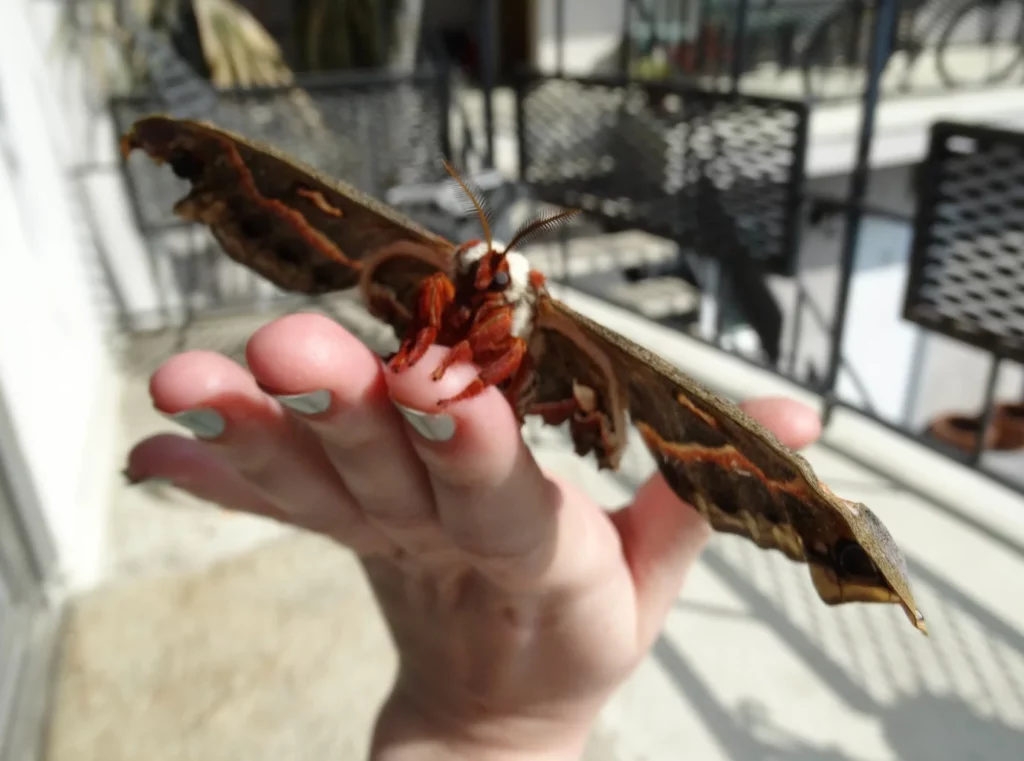
Taking proactive steps to moth-proof your home is key to preventing future infestations. By implementing these preventive measures, you can create an environment that is less attractive to moths and minimize the risk of damage to your belongings.
Proper Storage Practices
Effective storage is crucial for protecting your clothing, textiles, and other susceptible items from moths. Here are some essential storage practices
- Store clothing in airtight containers or garment bags to prevent moths from accessing them.
- Use cedarwood products, such as cedar hangers or sachets, in your closets and drawers to deter moths.
- Regularly clean and launder clothing before storing them to remove potential moth eggs or larvae.
- Vacuum and clean storage areas like closets and drawers to eliminate hidden larvae or pupae.
Natural Repellents
Natural repellents can help keep moths away from your belongings
- Herbal sachets containing lavender, rosemary, mint, or cedar can be placed in storage areas to repel moths.
- Consider using cedarwood products, which have natural moth-repellent properties.
- Sunlight exposure can help deter moths; periodically place infested items in direct sunlight.
Temperature and Humidity Control
Maintaining proper temperature and humidity levels in your home can discourage moth infestations
- Keep your home well-ventilated to reduce humidity, as moths thrive in damp environments.
- Use dehumidifiers in areas prone to moisture buildup.
- Maintain a consistent temperature, as extreme heat or cold can deter moths.
Regular Cleaning and Inspection
Frequent cleaning and inspection are essential for early detection of moth activity
- Regularly vacuum your home, paying attention to corners, cracks, and crevices.
- Launder and clean items that may attract moths, such as clothing, rugs, and upholstery.
- Inspect your home for signs of moth activity, such as damaged fabrics or silk tubes.
Pest-Resistant Containers
Invest in pest-resistant storage containers
- Choose airtight containers for storing clothing and textiles.
- Opt for containers made of materials like plastic or metal that moths cannot penetrate.
FAQ
Do moths lay eggs in your room?
Yes, moths can lay eggs in your room, especially if they find suitable food sources like fabrics or stored food items. Proper storage and cleanliness can help prevent this.
What kills moths?
Moths can be killed using various methods, including natural repellents, chemical pesticides, and traps specifically designed for moths.
How do I get a moth out of my room?
To remove a moth from your room, open a window or door, turn off lights, and guide it toward the exit using a container or piece of paper.
Are moths attracted to light?
Yes, many moths are attracted to light sources, which can lead them into your home. Turning off unnecessary lights at night can help reduce their presence indoors.
Do moths bother you when you sleep?
Moths are generally not known to bother humans while they sleep. However, their presence can be unsettling, and preventive measures can help keep them away.
What smells get rid of moths?
Moths dislike certain scents like lavender, cedar, and cloves. Using sachets or essential oils with these scents can help repel them.
Do moths feel pain?
Moths have a limited capacity to sense and respond to physical stimuli, but they do not experience pain in the way humans or mammals do.
Can moths hear you?
Moths do not have ears in the traditional sense, and their ability to perceive sound is limited. They primarily rely on other senses for survival.
Are moths intelligent?
Moths are not considered highly intelligent creatures. They have basic instincts and behaviors centered around mating, finding food, and avoiding threats.
Can moths smell you?
Moths have a sense of smell, but it’s primarily used to detect pheromones and chemical cues related to mating and finding food. They do not perceive human scents in the same way animals with keen olfactory senses do.
Final words
On the whole, understanding the lifespan of moths in your house is essential for the effective protection of your belongings. Moths can live in your home for varying durations, depending on factors such as species, environmental conditions, and food sources. While adult moths typically live for about 1 to 2 weeks, their larvae and pupae can persist for several weeks to months, causing potential damage to fabrics and textiles.
Early detection of moth activity, through signs like visible damage and the presence of larvae, allows for proactive measures to be taken. Natural removal methods and preventive strategies, such as proper storage, natural repellents, temperature control, regular cleaning, and pest-resistant containers, can help keep moths at bay.






